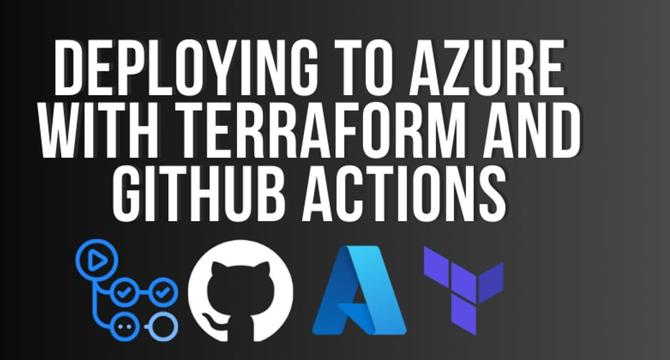Dev
1M
320

Image Credit: Dev
Deploying to Azure with Terraform and GitHub Actions
- The AzureRM provider has moved on a bit since I've used it in anger, so I learnt a lot about the different resources that are available, and how we can use GitHub Actions to deploy Terraform templates to Azure.
- The author has covered what they’ve done so far with their Terraform templates, how they’ve structured their code, and how they’ve implemented their GitHub Actions workflow.
- This blog post serves as a reference for anyone who's looking for help with structuring their Terraform code and automating their deployments through GitHub Actions.
- The author covers the steps taken to build an AKS cluster, from creating user assigned managed identities for OIDC authentication to federated credentials, creating resources to manage the .tfstate file, and deploying resources for GitHub Actions.
- The author leverages Terraform's backend to configure the Azure Storage Account to store the .tfstate file.
- The author steps through generating a Terraform plan, publishing the plan as an artifact, and then updating the pull request to show the status of the plan, as well as the details of our plan.
- The author then applies the Terraform plan using terraform apply with the -auto-approve flag to automatically approve the apply.
- The article concludes by recommending that those learning about cloud technologies and infrastructure-as-code should learn how to deploy resources through CI/CD such as GitHub Actions.
- The author encourages readers to reach out to them on Twitter @willvelida if they have any questions.
- The blog post covers a lot, including testing and security, which the author recommends readers explore further on their own.
Read Full Article
19 Likes
For uninterrupted reading, download the app